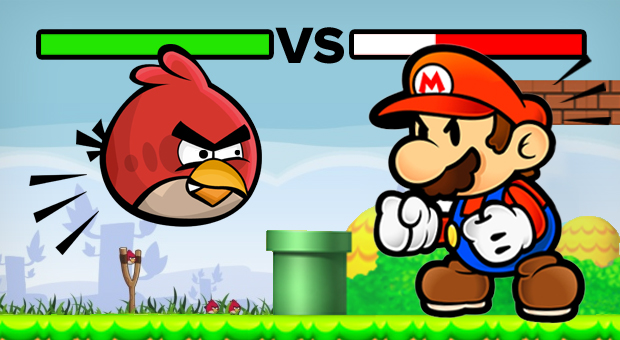All email campaigns start with a subscriber list. With email marketing so popular, most of us are on at least a few of theses lists. You may even be wondering how to build one of your own. Of course, there are plenty of ways, both bad and good, to do this.
This is part of a series of blog posts aimed at raising awareness of email marketing, its advantages, and its best practices — from designing your first eblast to deploying your newsletter to millions of customer inboxes, and beyond.
All email campaigns start with a subscriber list. With email marketing so popular, most of us are on at least a few of theses lists. You may even be wondering how to build one of your own. Of course, there are plenty of ways, both bad and good, to do this. As I mentioned in my last post (“Email Marketing: More Relevant Than Ever”), federal law requires the informed consent of all your email recipients.
So, if you can’t just buy a list from marketers, what are you supposed to do? You make one from scratch. With the right tools and tricks at your disposal, you won’t just have a simple subscriber list, you’ll have a fully engaged email legion of fans for your brand.
Mailing Lists Callouts
Got a popular website? Build a mailing list component. Make it highly visible. Going “above the fold” increases the chances people will happen upon it. Also, make it easy to use. Place as few fields in the component as possible. In the snapshot below, Groupon has a large, intuitive, and simple mailing list callout. The user has to only designate an email address and a city and they’re in. No difficult questions, no invasive requests, no intimidating forms that send their users running for the hills.
By contrast, the Steve Madden mailing list below feels like you’re filling out a tax form.
Social Media and Email
There’s been a lot of talk of social media competing with email as the dominant form of digital communication. In reality, the two are better complements than rivals. If you have a Facebook fan page or Twitter feed with a lot of followers, use it as a platform to encourage them to sign up for your eblasts and enewsletters.
You can even use emails to drive your mailing lists. Include “forward to a friend” links in your enewsletters. Give calls to action to sign up for your list in your company’s email signatures.
Offline Methods
Get in the habit of bringing up your mailing list in 1-on-1 conversations and phone calls with business contacts, but be tactful. In your pitch, make it clear what special offers or value they’re going to get out of your emails. It couldn’t hurt to incentivize them with a free gift upon signing up. For networking events, put a link on your business card to your company’s email signup page.
Welcome Emails
Once you win over email recipients, make them feel valued. Send them a welcome email, thanking them for signing up. Use it as an opportunity to better acquaint your clients and future customers with the goods and services you offer. And of course, let them know what’s in store for them in terms of email content.
And Once You Get Your List…
Email represents another channel to keep the conversation going with customers and/or clients, but once you have them, don’t take your recipients for granted. It only takes one click of the “Spam” button in their email client to end the conversation for good. If you want to keep your subscribers on your list, it is also important to have meaningful, engaging, relevant content for them. Catch my next blog post for best practices on email campaign content.





